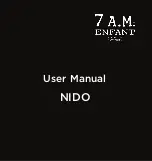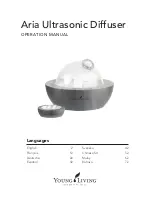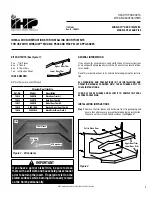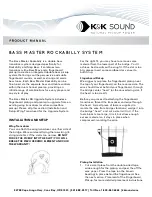
Voltage Output Analog Current Sensors
Installation and Operation
#NSA-A/SCTE2-50, NSA-A/SCTE2-150, NSA-A/SCTE2-250, NSA-A/SCTV2-50, NSA-A/SCTV2-150, NSA-A/SCTV2-250
11/14/2019
Specifications subject to change without notice.
Catalog No. 11-808-790-01
Page
5
of
5
Troubleshooting
Problem
Solution
No reading
Verify that there is current -owing through the conductor being monitored
with a clamp-on current probe. The power for the current sensor is
induced from the conductor being monitored.
Check the polarity of the circuit.
Verify that the terminals are screwed down, wires are firmly in place.
Disconnect the wires from the current sensor output. Measure the
voltage across the current sensor output with a Voltmeter to verify that
the sensor is working properly.
Erratic readings
Verify that the wires are terminated properly.
In areas of high RF interference, shielded cable may be necessary to
stabilize signal.
Inaccurate readings
If you suspect that the current sensor is not reading within the accuracy
specifications, please contact the factory for assistance.
Current Sensor is operating at a low-
level current or failing to operate
within the accuracy specifications.
Visually check the mating parts of the core to ensure there is no debris
between the split contacts. See Figure 2.
Remove all debris or dust manually and close the current sensor.
Continue to retest the sensor in your application.
W.E.E.E. Directive
At the end of their useful life the packaging and product should be disposed of via a suitable recycling center. Do not
dispose of with household waste. Do not burn.























